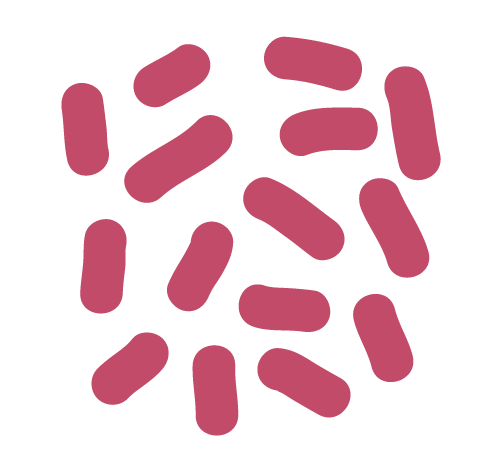

Objectives

Create and implement innovative methodologies that engage faculty and students from diverse social groups to explore the application of intersectionality.

Generating transferable interdisciplinary knowledge on intersectionality in higher education, including curricula, pedagogies and teaching methodologies, assessment and learning environments.

To raise awareness among relevant actors on the importance and potential of applying an intersectional approach to higher education teaching.
Innovative character
Innovative character



Methodological approach
Map the specific needs of each academic context in relation to current educational resources in use to address inequalities in the classroom.
To test practically the materials produced to improve them and make them adaptable to other Higher Education contexts.
Beyond the working groups, the project also uses other qualitative techniques, such as the documentary review of the existing academic literature on pedagogy and intersectionality, and the participatory observation and evaluation of the activities proposed.
2023-1-ES01-KA220-HED-000160620

2023-1-ES01-KA220-HED-000160620


